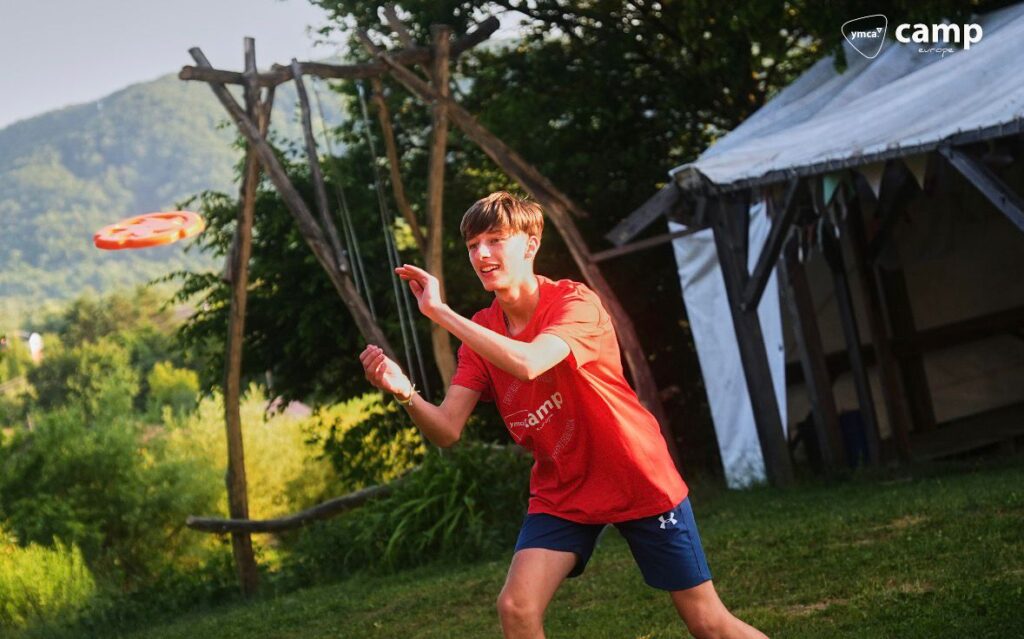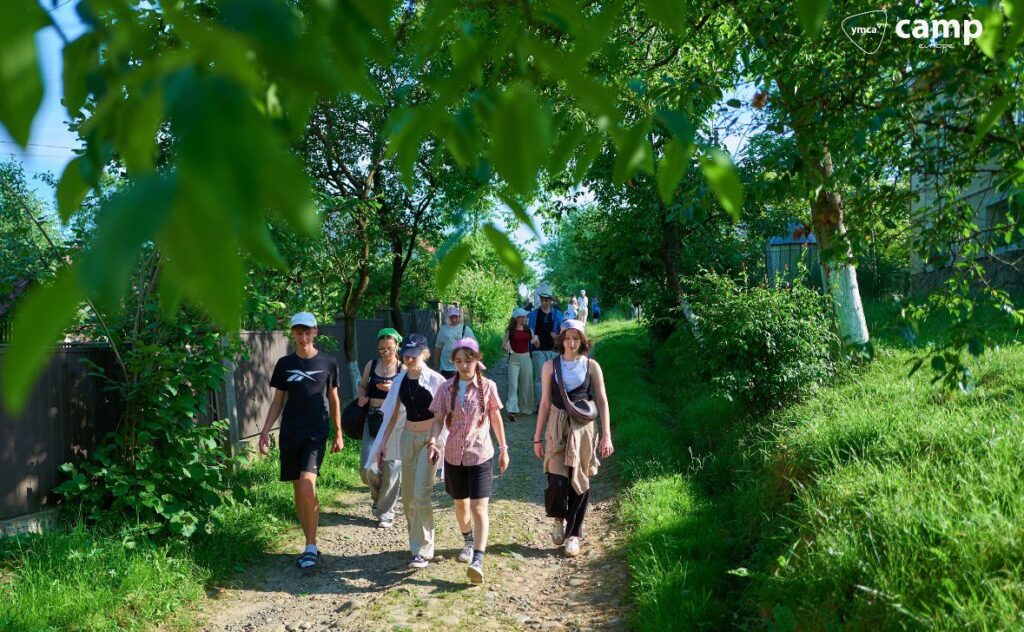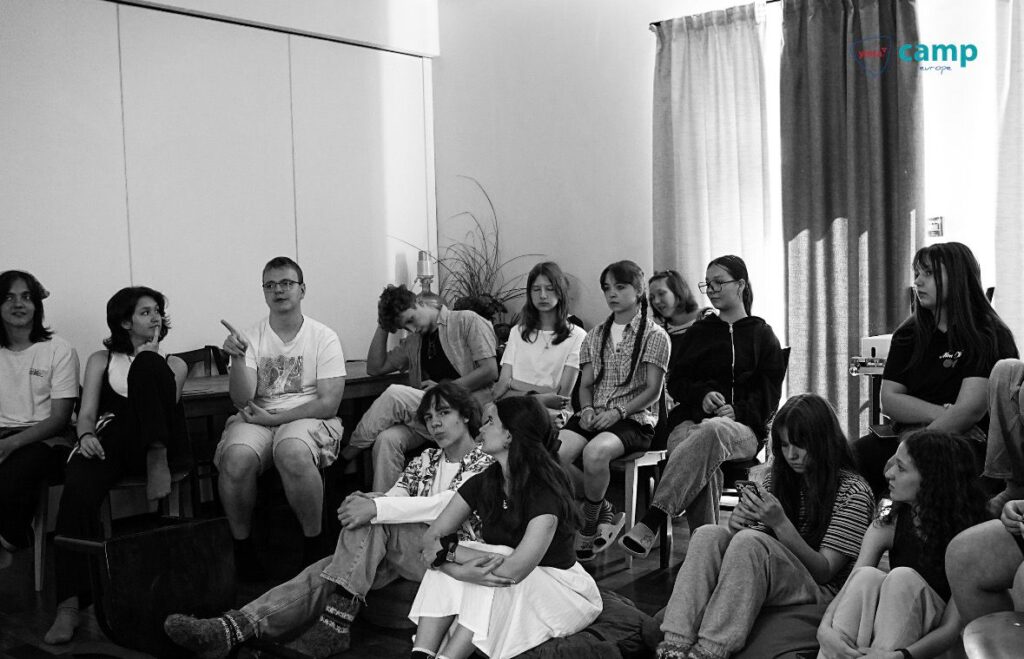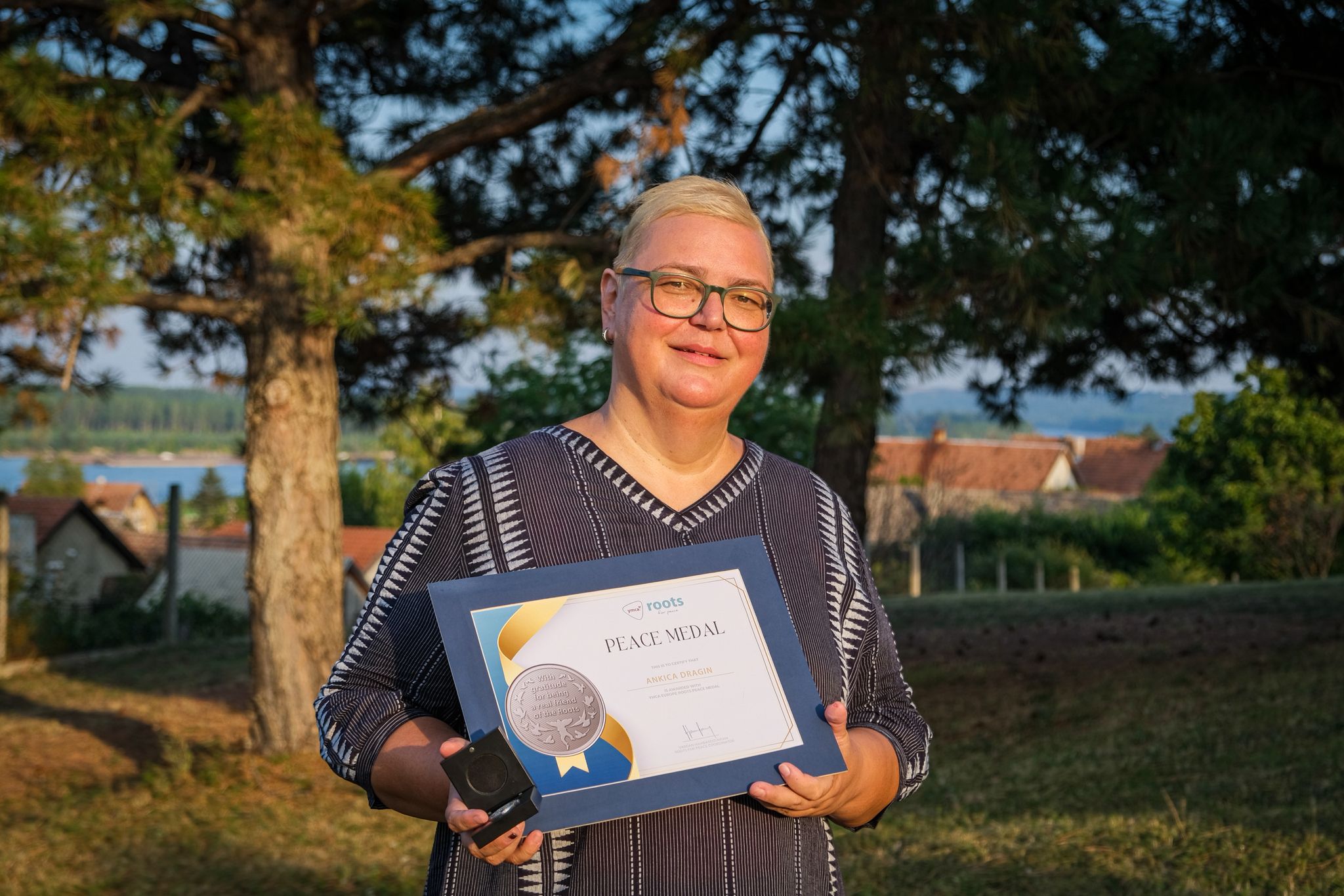This July, in the peaceful village of Nyzhnie Selyshche, twenty teenagers from across Ukraine came together for a special experience — a visual and audio arts camp called Every Person is a Film. Held in the warm embrace of the Carpathians, the camp invited young people affected by war — both directly and indirectly — to look at the world, and at themselves, a little differently.
The camp wasn’t about training future directors or photographers. It was about giving young people the space and tools to see, to reflect, and to express. Through photography, sound recordings, and short video exercises, participants explored how their phones could be not just a way to escape, but a way to look more closely. The lens became a way to ask questions, and the frame — a way to feel in control of how they see their story.

The days were filled with quiet walks, shared meals, deep conversations, and unexpected laughter. At night, they sat in circles reviewing each other’s work, not to judge, but to understand. Some had never before spoken about their experiences of leaving home, losing loved ones, or simply feeling disconnected. Through images and sounds, they found new ways to say what words sometimes cannot.

One boy said, “I never thought silence could be recorded — but now I have a sound file that feels exactly like that morning when I didn’t want to talk.”
Another shared, “I came here thinking I don’t know how to take photos. I’m leaving knowing I can show who I am without saying anything.”
Every Person is a Film reminded us that teenagers don’t just need rest — they need meaning, trust, and creative space. In just eight days, a group of strangers became a community of quiet witnesses to one another’s worlds. And perhaps most importantly, they learned that their story matters — and it’s worth documenting.




